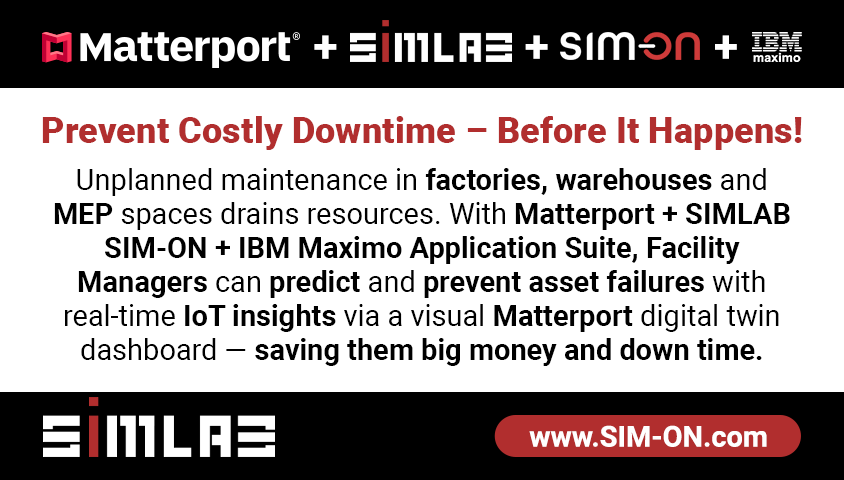6 Essential DSLR Equipment to Capture High-quality 360° Photos7613
Pages:
1
 WGAN Forum WGAN ForumFounder & WGAN-TV Podcast Host Atlanta, Georgia |
DanSmigrod private msg quote post Address this user | |
| 6 Essential DSLR Equipment to Capture High-quality 360° Photos by CUPIX Team With the growing popularity of 360º cameras over the last couple of years, we have seen the use of 360º photos across a plethora of industries. From tourism to construction, the advent of 360º photos has given viewers a different immersive experience. Creating a 3D tour begins with a 360º photograph. This image is produced by instantly stitching photos together using software to create a spherical view. With the help of specialized 360º cameras such as Ricoh Theta V and mobile phone camera attachment from Insta360, we are now presented with affordable alternatives capable of producing such imagery. The quality of these cameras has grown by leaps and bounds in recent years, but it still falls short of traditional DSLR cameras. Most professionals still choose to use DSLR cameras, and for a good reason. Businesses are recognizing how powerful high-quality photos can be, using them as leverage to attract potential buyers. In real estate, the use of 360º photos in creating 3D tours became a staple to keep the competitive edge. Home sellers once relied on personally taken photos but in today’s cutthroat, dog-eat-dog society, low-quality photos just don’t cut it anymore. In light of this trend, buyers now expect to see more than flat 2D photos of the properties hence the importance of adopting this new technology today. To produce high-quality 360º photos using a DSLR camera, the following 6 types of equipment, if properly used and executed will guarantee results fit for professional use. 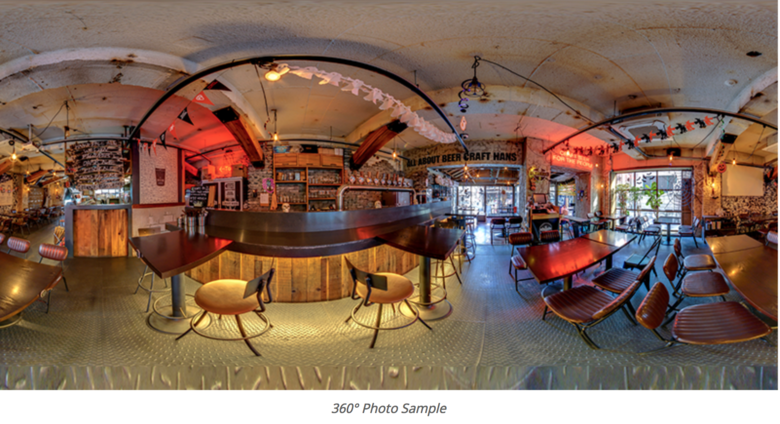 1) DSLR Camera Any camera you buy can take good photos but to achieve optimal results, we recommend the use of a DSLR camera. By doing so, you avoid the hassle of taking many photos to cover all grounds which is inevitable when using digital compact cameras because you can’t switch lenses. DSLR increases your workflow because less photos are needed.  DSLR Camera recommendations: ✓ Nikon: D810, D750, D800 ✓ Canon: EOS 5d Mark III, EOS 5d Mark IV Mirrorless Camera recommendation: ✓ Sony: Alpha A7R2 2) Lens Camera lens greatly contributes to image quality. The higher the quality of the lens, the higher quality of the image created. The higher the resolution, the clearer the image, but the larger the number of dots per inch, the larger the amount of memory required, resulting in a slower computer speed when processing photos. Do note that resolution only describes how much detail a lens is capable of capturing. The resolution is determined primarily by the sensor, so changing the lens doesn’t change it. Resolution will be tackled separately in our upcoming blog posts. Just like the DSLR body, theoretically you can use any lens but you may need to take more photos depending on which camera lens you use. To reduce time to shoot photos, fisheye lens is recommended. The fisheye lens has a broader angle of view so it can cover more areas. 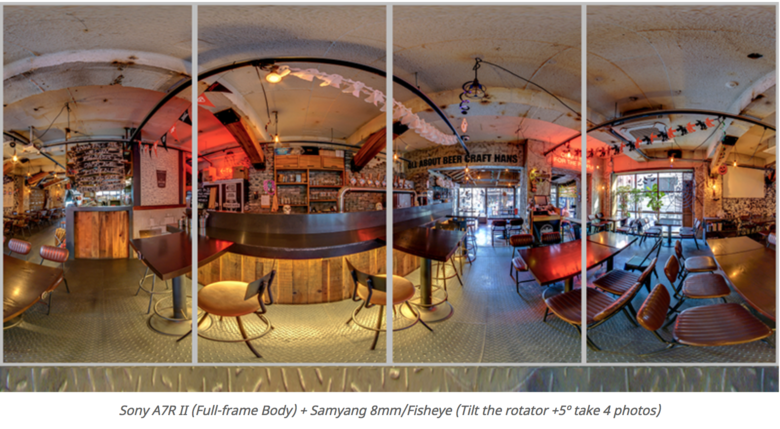 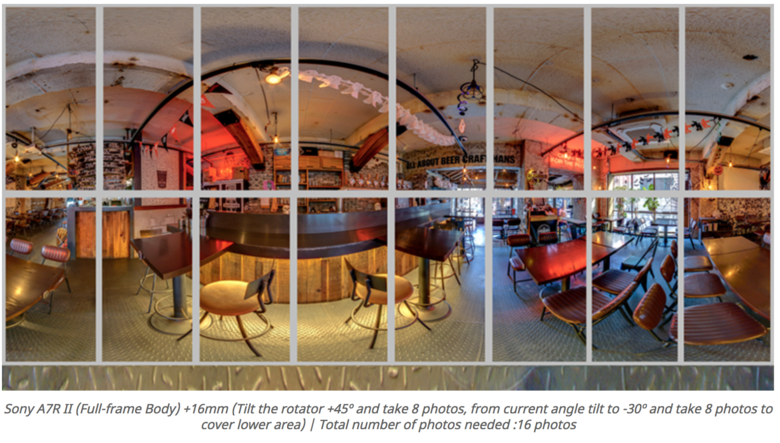 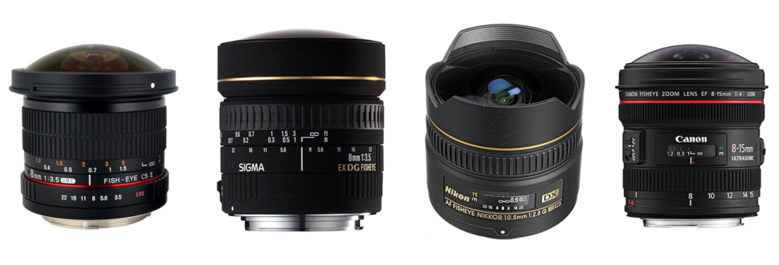 Lens recommendations: ✓ Samyang: 8mm F3.5 UMC Fisheye II ✓ Sigma: 8mm F3.5 EX DG Circular Fisheye ✓ Nikon: Fisheye Nikon ED 10.5mm F2.8G ✓ Canon: EF 8-15mm F4L Fisheye USM 3) Rotator A rotator or panorama head/panohead is an equipment mounted on a tripod that allows photographers to take panoramic photos at NPP (No-Parallel Point), found between shots. By fixing it’s NPP also known as a nodal point, you can achieve a seamless panoramic image. Failure to do so will cause stitching errors.  Rotator recommendations: ✓ Nodal Ninja: Ultimate Mini Package ✓ Nodal Ninja: nodal ninja M2 4) Ball Head It is also a good idea to use a ball head which maintains the camera level and provides a more stable and accurate stable rotation axis when taking photos. When using only a tripod on uneven surface, you may need to aclickable textdjust all three legs to keep the camera perpendicular to the ground. This is when a ball head comes handy. You can simply adjust the camera to get an even position. 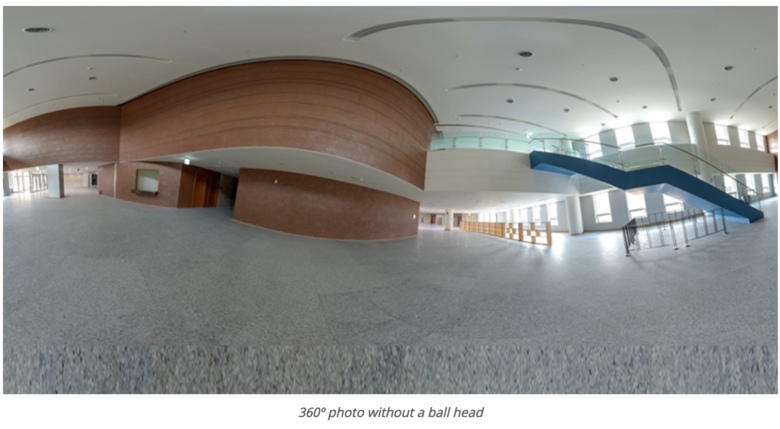 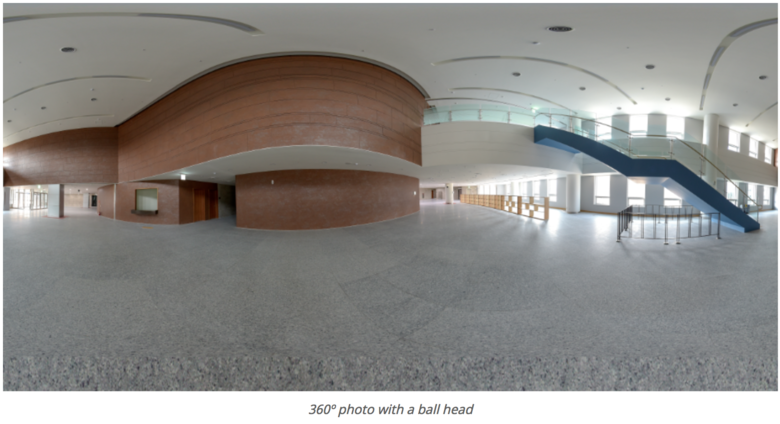 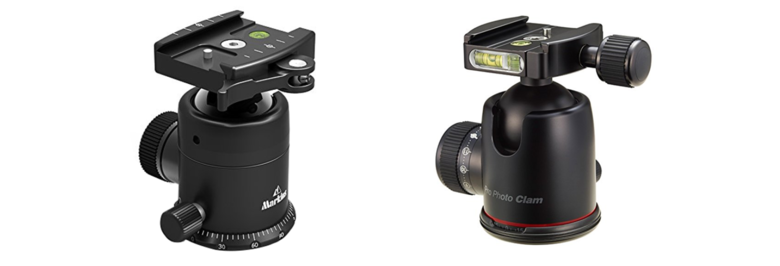 Ball Head Recommendations: ✓ Markins Q10i-Q ✓ Photo Clam PRO-42NS 5) Tripod A tripod stabilizes shots by supporting the weight of your camera. It makes it easier to maintain accurate framing and achieve smoother results when panning across scenes. With the camera safely secured on a tripod, you can get clean and sharp images that is otherwise difficult to achieve when the camera is hand-held. A tripod is especially helpful under low light condition as it prevents image blur when photos are being taken using slow shutter speeds. 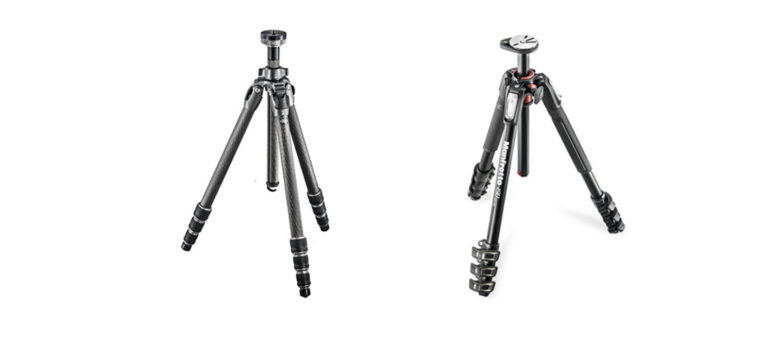 Tripod Recommendations: ✓ Gitzo GT2542 ✓ Manfrotto 190Xpro 6) Remote Shutter Release Remote shutter release is the least expensive accessory but will bring a great deal of help to achieve sharp photos. If you manually press the shutter button when you shoot, there is a high chance that the camera will shake. Using the remote ensures crisp and sharp images by allowing you to go wireless and click photos without touching the camera. 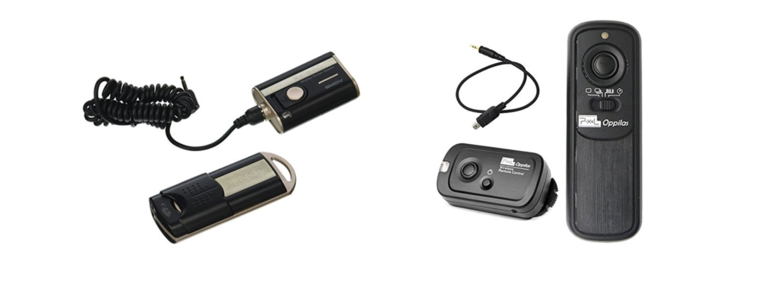 Remote Shutter Release Recommendations: ✓ SMDV RFN-4 ✓ Pixel RW-221 One cannot rely solely on expensive equipment and accessories to achieve perfect photography. A mixture of the right tools and knowledge is what will bring you closer to your desired results. This goes to both amateurs lacking the equipment and professionals who don’t. You can still accomplish many things as long as you know the limitations of your equipment and know how to overcome them. Our next post will lead you through the steps of capturing photos at a fixed nodal point and how to properly stitch these photos to create a 360º photo. Source: CUPIX Blog | Reprinted with the Permission of CUPIX. © 2018 CUPIX, Inc. |
||
| Post 1 • IP flag post | ||

|
CFster private msg quote post Address this user | |
| Ultimately, for me, it comes down to sensor size and pixel density. While a Theta V is 14.5 megapixels, it’s sensor is still six times smaller at 6mm wide than a full frame DSLR’s. Lower pixel density means better low light performance - and that’s important because using flash while doing 360 photography is often impractical. | ||
| Post 2 • IP flag post | ||
 WGAN WGANStandard Member Bon Secour, Alabama |
Chemistrydoc private msg quote post Address this user | |
| I've been pleased with the combination of quality and ease that I get using the "RealVision" setup: Canon 60D with 3D Lantern Firmware Sigma 8mm Fisheye Lens Nodal Ninja R20 Manfrotto 190XPro (modified to keep intraleg distance at max. 11.5" Much less expensive than the above recommended DSLRs - for most purposes, fine resolution. Keiht |
||
| Post 3 • IP flag post | ||

|
CFster private msg quote post Address this user | |
| @Chemistrydoc Quote: Originally Posted by Chemistrydoc Explain...please? |
||
| Post 4 • IP flag post | ||
 WGAN WGANStandard Member Bon Secour, Alabama |
Chemistrydoc private msg quote post Address this user | |
| I have a low-tech solution: Male Velcro tabs on the legs, and a female Velcro band that is just long enough to keep the leg spacings at 11.5". Decidedly low-tech, but it works! The idea is to keep the leg spread at less than 12" so that they do not appear in the nadir. KF |
||
| Post 5 • IP flag post | ||

|
GarySnyder private msg quote post Address this user | |
| I like the Velcro approach. I use a light weight chain like use for hanging plants. I have 3 lengths of the chain that are all linked to one of those simple round key holders on the other end of the chain I have a small quick release fitting like what you fine on some camera straps. I just wrap the end of the chain around the leg of my Manfrotto tripod and its set for the right spread to keep it out of my shot. I use this for stills and 360 videos. I away or I would have included a photo of the chain setup. | ||
| Post 6 • IP flag post | ||
Pages:
1This topic is archived. Start new topic?



